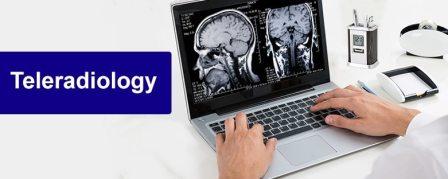
Introduction:
The field of dentistry has been significantly transformed by the ever-advancing bridge of technology. Nowhere is this more evident than in the evolution of dental X-ray equipment. In this article, we’ll take a journey through time to explore how technology has revolutionized the world of dental X-rays, providing more precision, efficiency, and safety for both patients and dental professionals.
- From Film to Digital:
- The transition from film-based X-ray systems to digital technology marked a turning point in dental radiography. Digital sensors and intraoral cameras offer instant image acquisition, reduced radiation exposure, and the ability to enhance and manipulate images for better diagnostics.
- Panoramic Radiography:
- The introduction of panoramic X-ray machines allowed dentists to capture the entire oral and maxillofacial region in a single image. This innovation provided a comprehensive view that is essential for treatment planning.
- Cone-Beam Computed Tomography (CBCT):
- CBCT technology brought 3D imaging to dentistry, enabling high-resolution, detailed views of the oral cavity. It is invaluable for implant planning, orthodontics, and diagnosing complex conditions like impacted teeth.
- Intraoral Scanners:
- Intraoral scanners have virtually eliminated the need for traditional dental impressions. These handheld devices quickly and comfortably scan a patient’s teeth and oral structures, improving both accuracy and patient experience.
- Artificial Intelligence (AI):
- AI has been integrated into dental radiography to assist in diagnosis and treatment planning. AI algorithms can rapidly analyze X-ray images, detect anomalies, and support dentists in making informed decisions.
- Teledentistry Integration:
- The fusion of X-ray technology with teledentistry has made remote consultations and diagnostics more accessible. Patients in underserved areas can benefit from expert opinions without the need for physical visits.
- Eco-Friendly Practices:
- Digital radiography has made the dental industry more eco-friendly by eliminating film processing chemicals and significantly reducing waste.
- Reduced Radiation Exposure:
- Modern X-ray equipment has made great strides in minimizing radiation exposure to patients while maintaining diagnostic accuracy. This has been a significant concern addressed by technology.
- Patient Comfort:
- Advanced X-ray machines and techniques, such as CBCT, have made the process more comfortable for patients, reducing anxiety and enhancing the overall patient experience.
- Continual Advancements:
- The field of dental X-ray equipment continues to evolve, with ongoing improvements in image quality, efficiency, and safety. These advancements bridge the gap between technology and dentistry, ultimately benefiting patient care.
Conclusion:
The evolution of dental X-ray equipment has been nothing short of transformative, seamlessly bridging technology and dentistry. From the shift to digital radiography to the introduction of panoramic and 3D imaging, these advancements have made diagnostics and treatment planning more precise, efficient, and patient-friendly. As technology continues to advance, the future of dental X-ray equipment promises even more remarkable breakthroughs, further improving oral healthcare and patient outcomes.
Service Areas:- Fatehabad – Tohana, Ratia, Bhattu Kalan, Bhuna, Kullan, Jakhal; Hisar – Hansi, Narnaund, Barwala, Bass, Adampur, Balsamand, Uklana, Kheri, Jalab; Jind – Narwana, Safidon, Uchana, Julana.
